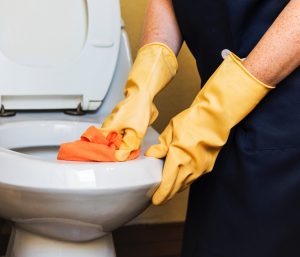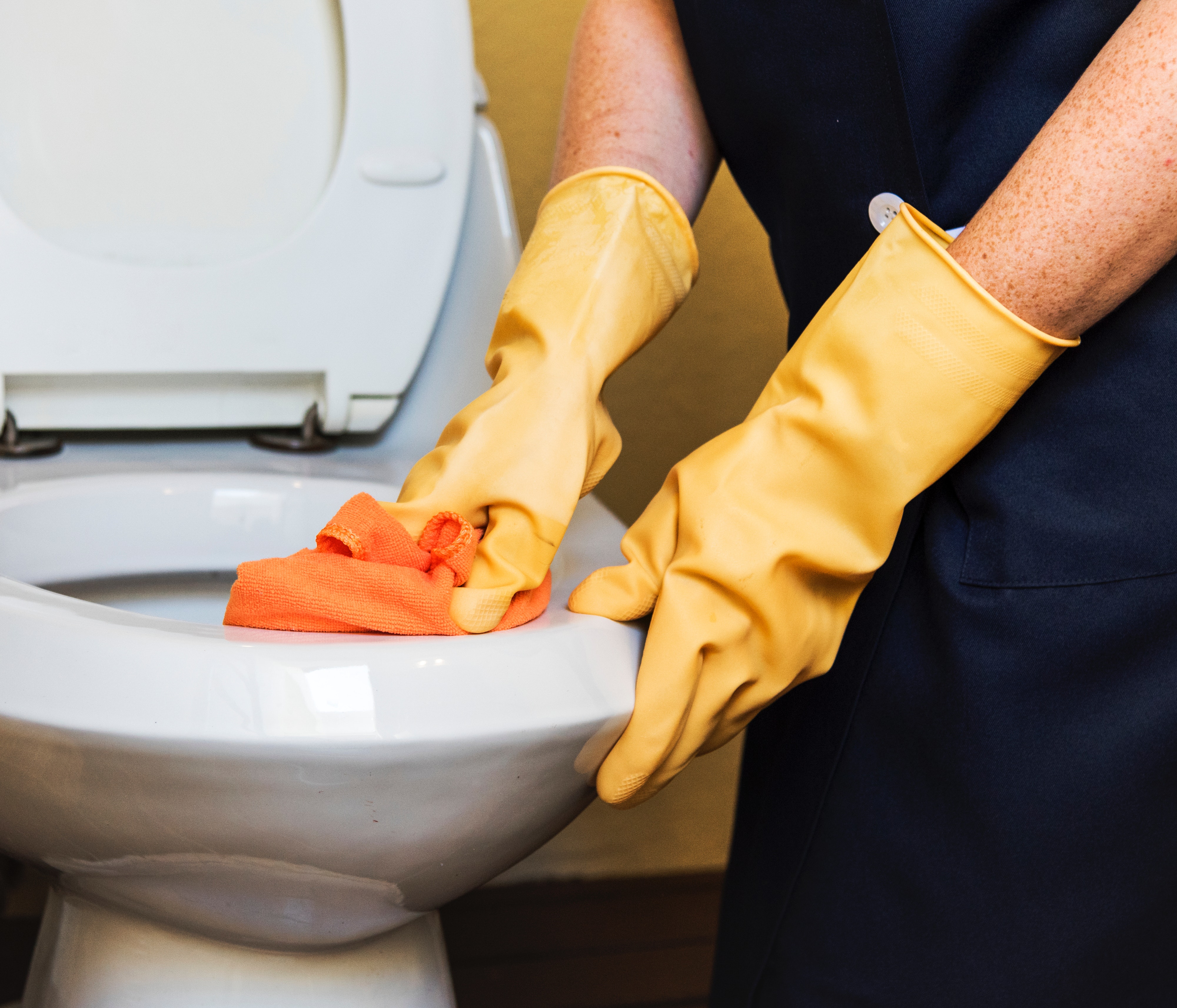 Have you ever noticed strange rings in your toilet bowl even though you do your best to keep it clean? These toilet bowl rings are not always an indication of how clean your toilet is. Sometimes toilet bowl rings are a sign that you could have water quality issues.
Have you ever noticed strange rings in your toilet bowl even though you do your best to keep it clean? These toilet bowl rings are not always an indication of how clean your toilet is. Sometimes toilet bowl rings are a sign that you could have water quality issues.
There are many different causes of toilet bowl rings. Primarily, they are a product of the constant change between wet and dry conditions around the toilet bowl and the tank. Some stains are pale brown in color and look like rust. These are typically caused by hard water and mineral deposits. Other stains may be streaks of orange, black, or green, indicating the presence of mold. Pink rings are likely to be caused by Serratia Marcescens, a type of bacteria.
Mineral deposits
Hard water can leave behind mineral deposits that show up as rings in your toilet bowl. A U.S. Geological Survey determined that 85% of the population in the United States has hard water. Hard water refers to water with a high concentration of dissolved minerals. The most common minerals that cause hard water are calcium and magnesium. If you see brownish rings in your toilet, you are likely seeing a buildup of calcium and magnesium.
These dissolved minerals are picked by groundwater as it passes around rocks and through the soil. Water hardness is measured in parts per million (ppm), grains per gallon (GPG), or milligrams per liter (mg/L). Water hardness is classified by the U.S. Department of Interior and the Water Quality Association:
| Hardness Level Description | Grains Per Gallon (GPG) |
|---|---|
| Extremely Hard Water | Over 14 GPG |
| Very Hard Water | 10-14 GPG |
| Hard Water | 7-10 GPG |
| Moderately Hard Water | 3-7 GPG |
| Slightly Hard Water | 0-3 GPG |
Mold
If your toilet rings are orange, black, or green, mold may be the culprit, especially if you live in an area with a damp or humid climate. Mold is a fungus that produces spores which are commonly carried in the air throughout your home. The mold spores don’t become visible until they find a moist, dark location to grow. The inside of a toilet tank or a toilet bowl offers the perfect conditions for mold. The amount of mold that develops in your toilet depends on your water. Even if you clean your toilet regularly, the mold spores will keep coming back to that perfect breeding ground.
Bacteria
If the stains in your toilet bowl are pink, what you may be seeing is a colony of bacteria, called Serratia Marcescens. This is a type of airborne bacteria that is naturally found in the environment and thrives in moist conditions. It is filmy or cloudy in appearance and collects together to form a pink ring at the water line of your toilet bowl.
Serratia Marcescens is more common if you have well water as they cannot survive in chlorinated water. However, chlorine dissipates from standing water, which makes your toilet a hospital place for these bacteria to grow even if you have municipal water. This is why you may only see pink rings in toilets that are used less frequently.
How to Get Rid of Toilet Bowl Rings
One of the easiest ways to get rid of your toilet rings is to frequently flush your toilets. That combined with regular cleaning with a disinfectant is the best means to keep toilet bowl rings at bay. Here are some other tips if you’ve got stubborn rings that just won’t go away:
- Spray toilet bowl daily with a product containing bleach or another disinfectant.
- Add ¼ cup of bleach to the toilet tank, let stand for 15-20 minutes, and then flush a few times to thoroughly disinfectant the bowl. (Note: Do not leave bleach in the toilet tank for prolonged periods, as it can damage the rubber seals and valves inside.)
- Do not use abrasive cleansers to clean your toilet. These can leave behind microscopic scratches which can increase bacterial growth.
Know What’s in Your Water
If you’re still concerned about what’s causing the rings in your toilet, you can contact your local water authority to find out what the contamination levels are in the municipal water. Another option is to test your water. If you have well water, the only way to know what is in your water is to have it tested or to test it yourself. Testing your water is quick and simple with an at home water testing kit like the ones sold by TestAssured. If you’ve got toilet rings, it could be a sign that there is an issue with your water quality.


I tried using baking soda and vinegar and it’s not working